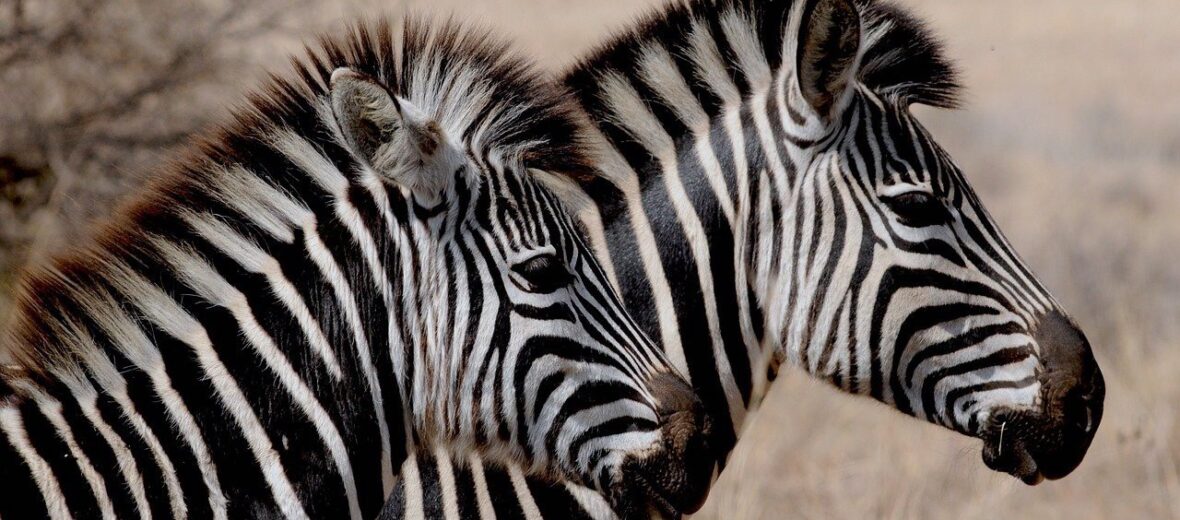
The zebra (pronounced zebb-ruh by most of the world, sans North America) is a beautiful equine species of animal that lives only in Africa. They live in large herds but the males can also be nomadic and solitary. They can go for up to 3 days without water and spend most of their days looking for food and the occasional mate, which they have to fight the alpha stallion for.
First the Stats…
Scientific name: Equus
Weight: Up to 880+ lbs.
Length: Up to 8.9 feet
Height: Up to 5 feet, at the shoulder
Lifespan: Up to 25 years
Now on to the Facts!
1.) The Grévy’s zebras were once trained to pull chariots at Roman events and were called ‘hippotigris’ (horse-tiger).
2.) It is believed that a zebra’s stripes help camouflage it in long grass, and help to distract predators. Kind of like the flash colors of some amphibians.
3.) There are 3 known species of zebra: Grévy’s (Equus grevyi), plains (E. quagga), and mountain (E. zebra). The plains zebras are the most commonly experienced.
4.) Zebras sleep standing up; just like domestic horses!
5.) Up to 70% of the sun’s heat is blocked by their black and white coat. This helps keep them cooler.
But wait, there’s more on the zebra!
6.) Each year zebras, among other animals, partake in a massive 1,800 mile migration in an effort to find food and water!
7.) Zebras are herbivores (eat plant matter) and spend most of their day eating grass, shrubs, leaves, twigs, and bark.
Did you know…?
A zebra can run at speeds of up to 40 mph!
8.) Grévy’s zebras live together in large herds. As they migrate in search of food, ‘super herds’ are formed that consist of 100s of zebras.
9.) Plains zebras and mountain zebras live in family groups led by a stallion, with several mares and offspring. Family groups (known as harems) sometimes get together to form associated herds.
10.) Even though zebras are typically peaceful, they have a mean streak too. They have a very strong and painful bite and a whopper of a kick that can maim and even kill!
Now a Short Zebra Video!
Also, check out the Critter Science YouTube channel. Videos added frequently!
Want to suggest a critter for me to write about? Let me know here.



